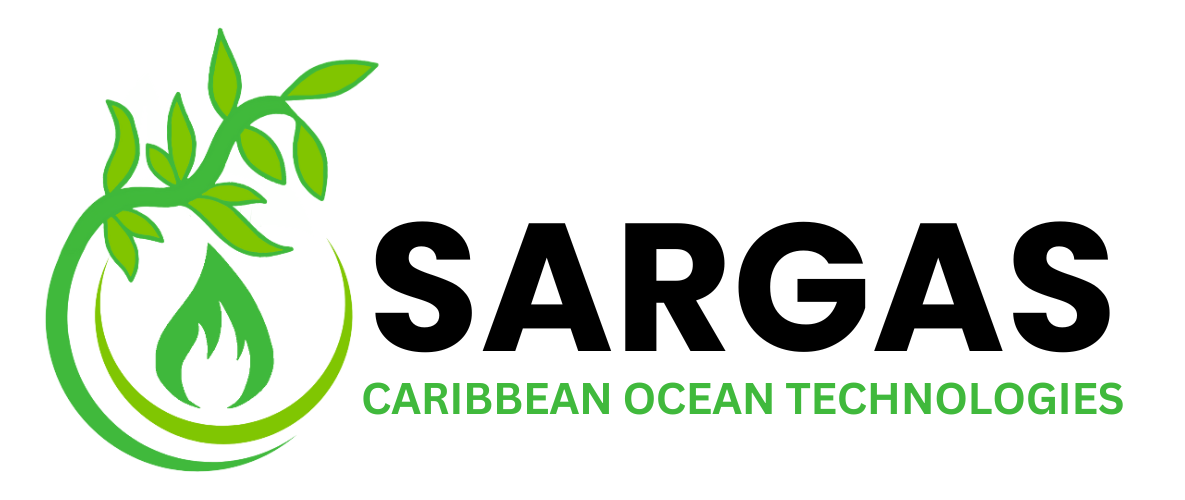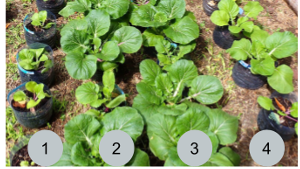For multiple years we have been conducting research at one of the leading universities on harvesting organic material from the sea, KTH – the Royal Institute of Technology in Stockholm, Sweden. Projects have included student visits to Grenada where Sargassum has been inserted into a biogas digester together with food waste at the True Blue Bay Resort. All results have shown that biogas production from Sargassum is feasible and has high quality.
Biogas analysis – methane content
The first studies that were conducted showed good results for methane content using Sargassum seaweed for biogas production. Continued studies evaluated different methods of pre-treating Sargassum in combination with food waste in different ratios. The methane content was held at reasonable levels (50-70%) regardless of the combination of Sargassum and food waste. Mechanically pre-treated Sargassum resulted in a higher methane yield.
Biofertilizer analysis – performance and heavy metal content
Another thesis project evaluated the productivity of biofertilizers from biogas production. As shown in the figure below, the biofertilizer showed better results than the artificial fertilizer that is currently utilized (if any fertilizer at all). Due to the possible existence of heavy metals in Sargassum, this was analyzed in a continued thesis project. The results from the heavy metal analysis of the sample that was sent to the Eurofins lab in Kristianstad, Sweden is presented in the table below. As seen in the table, the levels of arsenic and cadmium were lower than in organic commercial fertilizers and are below the limit of what should be harmful to the crops and the soil.
Cultivation using the following
1. No fertilizer
2. Bio-fertilizer (from Sargassum)
3. Bio-fertilizer
4. Artifical fertilizer
In a broader sense, our solution with seaweed-derived biogas and biofertilizer revolutionizes the use of biofuels into more sustainable products. It enables a circular economy, where we can turn waste into useful products and make island nations like Grenada more self-sufficient in energy and agriculture.







